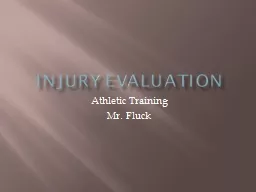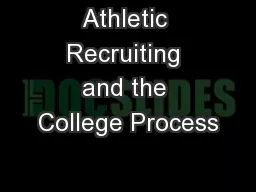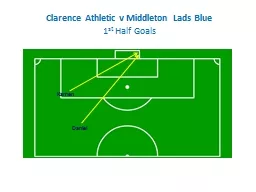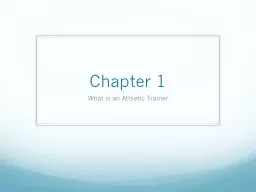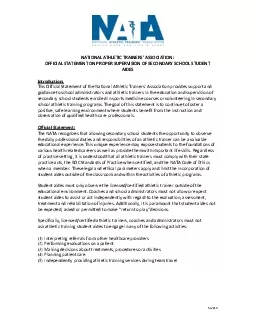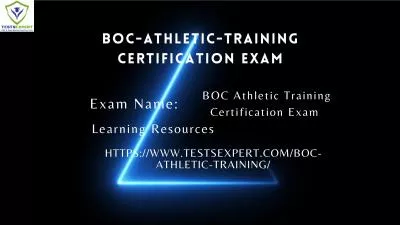PPT-Injury Evaluation Athletic Training Mr. Fluck The Step by Step Injury Evaluation Process
Author : phoebe-click | Published Date : 2019-11-06
Injury Evaluation Athletic Training Mr Fluck The Step by Step Injury Evaluation Process Injury History Inspection and Observation Pain and Palpation Range of Motion
Presentation Embed Code
Download Presentation
Download Presentation The PPT/PDF document "Injury Evaluation Athletic Training Mr. ..." is the property of its rightful owner. Permission is granted to download and print the materials on this website for personal, non-commercial use only, and to display it on your personal computer provided you do not modify the materials and that you retain all copyright notices contained in the materials. By downloading content from our website, you accept the terms of this agreement.
Injury Evaluation Athletic Training Mr. Fluck The Step by Step Injury Evaluation Process: Transcript
Download Rules Of Document
"Injury Evaluation Athletic Training Mr. Fluck The Step by Step Injury Evaluation Process"The content belongs to its owner. You may download and print it for personal use, without modification, and keep all copyright notices. By downloading, you agree to these terms.
Related Documents

